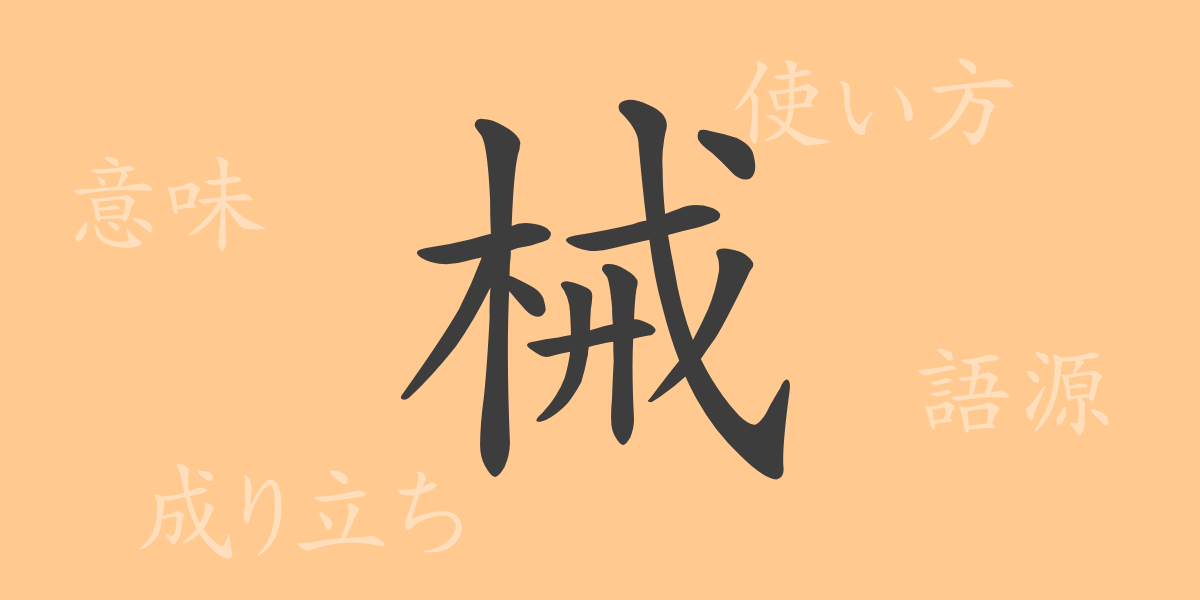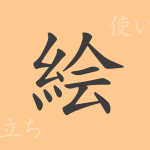Japanese language is rich with a multitude of kanji characters, each with its own unique history and meaning. Among them, the kanji “械” (Kai) is widely used, ranging from everyday objects to specialized fields. This article will explore the origins of “械,” its meaning, usage, pronunciation, number of strokes, radical, and even idioms and proverbs that use it. Let’s delve into the world of “械,” a common kanji in Japanese, and discover its various facets together.
The Origin of 械 (Kai)
Tracing the origin of the kanji “械” (Kai) reveals that it signifies tools or instruments made by processing wood. In ancient China, items made from wood played an essential role in enriching human life and making work more efficient. This kanji is composed of the radical “木” (Ki), symbolizing wood, combined with “戒” (Kai), representing action or function, and together they convey the idea of “controlling” something using wood. From this background, “械” came to be used as a character representing tools and devices.
The Meaning and Usage of 械
“械” (Kai) is commonly used to refer to machines, instruments, or devices, especially those with a complex structure made up of multiple parts that perform specific functions. It is also used in legal terms, where it can mean “tools for restraint” or “weapons.” In everyday conversation, this kanji is also used to refer to simple tools and instruments.
Pronunciation, Number of Strokes, and Radical of 械
Understanding the kanji “械” (Kai) involves important elements such as its pronunciation, number of strokes, and radical.
- Pronunciation: The onyomi (Sino-Japanese reading) is “かい” (Kai), and there is no particular kunyomi (native Japanese reading).
- Number of Strokes: It has a total of 11 strokes.
- Radical: It belongs to the “木” (Ki) radical, which is the wood radical.
Idioms, Phrases, and Proverbs Using 械 and Their Meanings
There are numerous idioms, phrases, and proverbs that include “械,” each with its unique meaning. Here, we will explain a few examples.
- 機械 (Kikai) – A device or tool with multiple parts combined to perform a specific function.
- 器械 (Kikai) – Tools or devices used for work.
- 械構え (Kaigamae) – A complex and solid structure or mechanism.
- 械巧 (Kaikou) – Skillful technology, or products and crafts made using such technology.
- 械物 (Karakurimono) – Tools or toys with intricate mechanisms.
Conclusion on 械
The kanji “械” (Kai) is an important character representing various tools and devices closely related to our daily lives. Understanding its origins and meanings allows us to appreciate the richness of the Japanese language and the deep nuances in expressing things. Learning idioms and phrases that include “械” can help deepen our understanding of the language. Through this article, we hope you have gained insight into the multifaceted charm of “械” and enjoy the world of Japanese language even more.

























